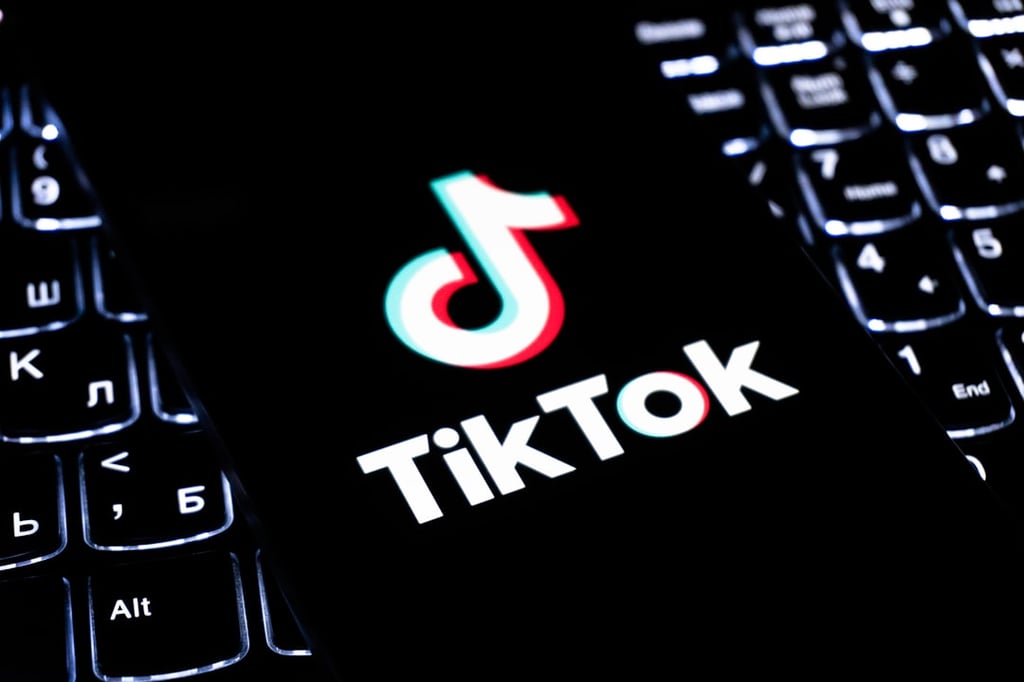There’s more to digital transformation than depositing mobile devices into employees’ hands and moving IT workloads to the cloud. The Internet of Things (IoT) is also proving vital in helping organizations get up to speed in the new, highly-competitive digital economy. Recently, market research firm Vanson Bourne surveyed 500 organizations, on behalf of London-based satellite […]
Datamation content and product recommendations are
editorially independent. We may make money when you click on links
to our partners.
Learn More
There’s more to digital transformation than depositing mobile devices into employees’ hands and moving IT workloads to the cloud. The Internet of Things (IoT) is also proving vital in helping organizations get up to speed in the new, highly-competitive digital economy.
Recently, market research firm Vanson Bourne surveyed 500 organizations, on behalf of London-based satellite communications company Inmarsat. Respondents worked for businesses with over 1,001 employees and had at least some influence on their organization’s IoT initiatives, if not full decision-making authority.
Represented industries include agritech, energy, mining, transportation and a catch-all “other” category comprised of various other industries. Survey participants hailed from the Americas, EMEA (Europe, Middle East and Africa) and APJ (Asia-Pacific including Japan).
Most business (82 percent) reported that they had deployed IoT solutions within the past two years. A third reported that they have partially completed an IoT deployment while 21 percent said they had finished a deployment.
Meanwhile, businesses are banking on IoT as a springboard for innovation.
“Our research confirmed that IoT is the leading technology in the digital transformation that is storming through businesses the world over,” stated the report. “Machine learning, robotics, automation, 3D printing, artificial intelligence and augmented reality can only bring significant value when they are guided by the most accurate data possible.”
Currently, most IoT deployments are being used by enterprises to monitor energy consumption (48 percent), a use case that will be near-universally adopted within five years (99 percent). The second-place wide-area controls category, which includes device and vehicle management, is poised to grow from 34 percent now to 82 percent in five years.
Today, third place belongs to smart asset monitoring IoT technologies (28 percent), but the category will leap to second place in within five years (96 percent). Deployments of product monitoring solutions will jump from 24 percent today to 88 percent. Business process automation will grow from 23 percent today to 95 percent within the same timeframe.
Eighteen percent of organizations are currently using wearables for employee tracking purposes, a figure that is expected to jump to 73 percent in five years. While smart security IoT solutions are being used by only nine percent of businesses today, the category will skyrocket in popularity within five years to 94 percent.
Despite these bullish forecasts, obstacles remain.
Three-quarters of respondents identified security is a top challenge. The persistent IT skill gaps is also a concern.
Only 20 percent of organizations said they had the IT talent to deliver IoT-enabled solutions. A third (33 percent) said they could use some help and nearly half (47 percent) reported that they lacked the skills required.
Pedro Hernandez is a contributing editor at Datamation. Follow him on Twitter @ecoINSITE.
-
Ethics and Artificial Intelligence: Driving Greater Equality
FEATURE | By James Maguire,
December 16, 2020
-
AI vs. Machine Learning vs. Deep Learning
FEATURE | By Cynthia Harvey,
December 11, 2020
-
Huawei’s AI Update: Things Are Moving Faster Than We Think
FEATURE | By Rob Enderle,
December 04, 2020
-
Keeping Machine Learning Algorithms Honest in the ‘Ethics-First’ Era
ARTIFICIAL INTELLIGENCE | By Guest Author,
November 18, 2020
-
Key Trends in Chatbots and RPA
FEATURE | By Guest Author,
November 10, 2020
-
Top 10 AIOps Companies
FEATURE | By Samuel Greengard,
November 05, 2020
-
What is Text Analysis?
ARTIFICIAL INTELLIGENCE | By Guest Author,
November 02, 2020
-
How Intel’s Work With Autonomous Cars Could Redefine General Purpose AI
ARTIFICIAL INTELLIGENCE | By Rob Enderle,
October 29, 2020
-
Dell Technologies World: Weaving Together Human And Machine Interaction For AI And Robotics
ARTIFICIAL INTELLIGENCE | By Rob Enderle,
October 23, 2020
-
The Super Moderator, or How IBM Project Debater Could Save Social Media
FEATURE | By Rob Enderle,
October 16, 2020
-
Top 10 Chatbot Platforms
FEATURE | By Cynthia Harvey,
October 07, 2020
-
Finding a Career Path in AI
ARTIFICIAL INTELLIGENCE | By Guest Author,
October 05, 2020
-
CIOs Discuss the Promise of AI and Data Science
FEATURE | By Guest Author,
September 25, 2020
-
Microsoft Is Building An AI Product That Could Predict The Future
FEATURE | By Rob Enderle,
September 25, 2020
-
Top 10 Machine Learning Companies 2021
FEATURE | By Cynthia Harvey,
September 22, 2020
-
NVIDIA and ARM: Massively Changing The AI Landscape
ARTIFICIAL INTELLIGENCE | By Rob Enderle,
September 18, 2020
-
Continuous Intelligence: Expert Discussion [Video and Podcast]
ARTIFICIAL INTELLIGENCE | By James Maguire,
September 14, 2020
-
Artificial Intelligence: Governance and Ethics [Video]
ARTIFICIAL INTELLIGENCE | By James Maguire,
September 13, 2020
-
IBM Watson At The US Open: Showcasing The Power Of A Mature Enterprise-Class AI
FEATURE | By Rob Enderle,
September 11, 2020
-
Artificial Intelligence: Perception vs. Reality
FEATURE | By James Maguire,
September 09, 2020
SEE ALL
ARTICLES









